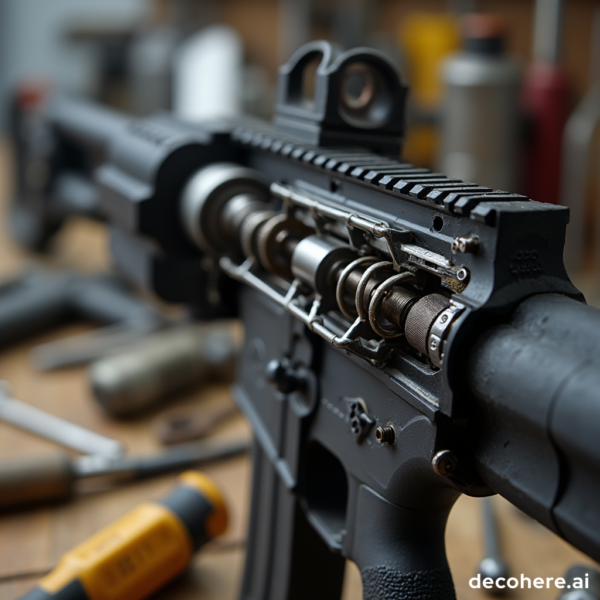Proven Methods to Safely Remove Automotive Window Tint: Step-by-Step Guide for DIY and Professional Solutions
Introduction
Automotive window tint removal is a common need for vehicle owners seeking to refresh their car’s appearance, replace damaged tint, or comply with local regulations. Whether the tint is bubbling, peeling, or simply outdated, removing it correctly is critical to avoid damage to the glass and ensure a clean finish. This guide explores proven techniques for safe and effective window tint removal, details the necessary tools, outlines each step, addresses adhesive residue, and clarifies alternative approaches including professional services. Each method is supported by verified sources and practical experience.
Understanding Window Tint Removal
Window tint is a thin film applied to automotive glass to reduce heat, glare, and UV exposure. Over time, this film can degrade, resulting in bubbling, color changes, or peeling at the edges. Removing old or damaged tint is essential for maintaining clear visibility and restoring your car’s aesthetics. Attempting removal without proper preparation can result in scratched glass, persistent adhesive residue, and even costly repairs. Therefore, it’s vital to use proven techniques and exercise patience throughout the process [1] , [4] .

Source: remove.bg
Essential Tools and Preparation
Before beginning, gather the following tools and materials:
- Heat source: Hairdryer, heat gun, or steamer
- Razor blade or tint scraper (preferably plastic to minimize risk of scratches)
- Spray bottle with soapy water or ammonia solution
- Plastic card or scraper
- Microfiber cloths
- Adhesive remover (isopropyl alcohol, ammonia solution, nail polish remover)
- Protective gloves and mask (if using chemicals)
Roll down the window slightly to expose the film’s edge and clear the workspace. If you’re dealing with multiple layers of tint or particularly stubborn adhesive, patience and repetition may be necessary [2] .
Step-by-Step Tint Removal Techniques
1. Steaming or Heating Method
This approach uses heat to loosen the adhesive:
- Warm up the entire tint area with a hairdryer, heat gun, or steamer. Move the heat source slowly and evenly, holding it a few inches from the glass.
- Once the edges start to curl, gently use a razor blade or plastic scraper to lift a corner of the tint. Avoid aggressive scraping to prevent glass scratches.
- Slowly peel the tint away, keeping the heat applied to aid adhesive release. Work steadily to minimize tearing and adhesive residue [1] , [2] , [3] .
Real-world case studies show that using a steamer is especially effective for older or stubborn tint, reducing adhesive mess and speeding up the process [3] .
2. Ammonia/Water Solution Method
This chemical approach softens the adhesive for easier peeling:
- Mix equal parts ammonia and water in a spray bottle. Spray the solution generously onto the tint.
- Cover the soaked window with a plastic sheet to trap moisture and let it sit for 30-60 minutes.
- After soaking, peel off the tint starting from a corner, using a razor blade or scraper as needed.
- Repeat if necessary for stubborn spots [1] , [4] .
Always wear gloves and ensure good ventilation when working with ammonia. This method is especially useful for large windows or when heat sources are unavailable.
3. Adhesive Tape Method
This mechanical technique involves using strong tape:
- Cut wide adhesive tape (such as masking or duct tape) and press it firmly onto the tinted surface.
- Quickly and forcefully pull the tape off, which can lift both the tint film and some adhesive.
- Repeat as needed for full coverage. This is best for small patches or when other methods fail [1] .
Results vary based on tint age and adhesive strength, but this method offers a useful alternative, especially for localized repairs.
Removing Adhesive Residue
After the film is removed, sticky adhesive often remains on the glass. Thorough removal is crucial for re-tinting or achieving a clear windshield. Recommended strategies include:
- Apply isopropyl alcohol, ammonia solution, or nail polish remover to the affected area and let it sit briefly.
- Gently scrub with a microfiber cloth or non-abrasive pad.
- Repeat as needed until all residue is gone.
- Finish with a thorough cleaning using soapy water to remove any chemical traces [4] .
Take care not to use harsh abrasives or metal scrapers, as these can scratch the glass. In rare cases, extremely stubborn adhesive may require commercial adhesive removers. Always test on a small area first.
Professional Tint Removal Services
While DIY removal is feasible for many, certain situations warrant professional help:
- Extensive bubbling, multiple layers, or deteriorated film
- Concern about damage to defroster lines or embedded electronics
- Lack of tools, experience, or time
Professional tint shops use specialized equipment and have expertise in safely removing tint with minimal risk. Costs typically range from $50 to $200 depending on vehicle type and number of windows, but pricing can vary by region and shop. For reliable service, search for “automotive tint removal” in your area or consult your local auto detailing provider. Always request quotes and verify credentials before agreeing to service.
Challenges and Solutions
Common challenges include tearing tint film, scratching glass, and persistent adhesive. Solutions include:
- Applying more heat or soaking longer if tint is resistant
- Switching between methods (heat, chemical, tape) as needed
- Using plastic tools to reduce scratch risk
- Re-cleaning and repeating steps for complete adhesive removal
If you encounter any issues, pause and reassess before continuing. Rushing can lead to costly mistakes.

Source: removal.ai
Alternative Approaches
Some owners prefer to remove tint only from specific windows, such as the driver’s side or rear glass. The same techniques apply, but exercise extra caution around embedded electronics and defroster lines. If you plan to re-tint your windows, ensure all adhesive is thoroughly removed to prevent bubbling and reduce installation issues.
Summary and Key Takeaways
Removing automotive window tint is a manageable task with the right tools and methods. The most effective strategies involve heat, chemical solutions, or adhesive tape, each suited to different types of tint and adhesive. Always work slowly, protect delicate components, and clean thoroughly after removal. For difficult cases or high-value vehicles, professional removal is strongly recommended. Comprehensive preparation and patience will yield the best results, restoring your car’s glass to a clear, pristine state.
References
- Everclear Tinting (2025). How To Remove Car Window Tint: The Right Way.
- Tint My Ride (2024). How to Remove Window Tint: Step-by-Step Instructions.
- YouTube (2025). How To Remove OLD Window Tint From Your Own Car.
- The Tint Guy (2023). How to Remove Tint From Car Windows.
- YouTube (2023). Easiest Way To Remove Window Tint In 3 Minutes.



